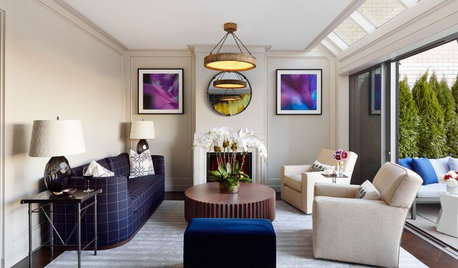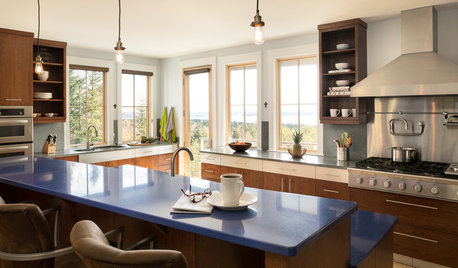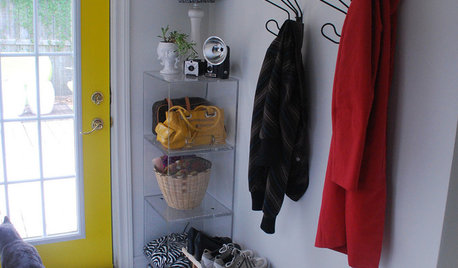tree starts
hallerlake
13 years ago
Related Stories

GARDENING AND LANDSCAPINGCitrus 101: Start Your Own Backyard Orchard
This Earth Day Weekend, Add Some Green, Style and Deliciousness to Your Landscape
Full Story
GARDENING GUIDES10 Tips to Start a Garden — Can-Do Ideas for Beginners
Green up your landscape even if you're short on time, money and knowledge, with these manageable steps for first-time gardeners
Full Story
FARM YOUR YARD6 Things to Know Before You Start Growing Your Own Food
It takes time and practice, but growing edibles in the suburbs or city is possible with smart prep and patience
Full Story
GARDENING FOR BUTTERFLIESA Quick-Start Guide to Bird-Watching for Fun and Learning
Set out some seed and grab your field guide. Bird-watching is an easy, entertaining and educational activity for the whole family
Full Story
GARDENING GUIDESHow to Stop Worrying and Start Loving Clay Soil
Clay has many more benefits than you might imagine
Full Story
GARDENING GUIDESSeeds or Seedlings? How to Get Your Garden Started
Growing delicious herbs and vegetables starts with knowing your goals and when you want to plant
Full Story
DECORATING GUIDESDecorating 101: How to Start a Decorating Project
Before you grab that first paint chip, figure out your needs, your decorating style and what to get rid of
Full Story
HOUSEPLANTSHow to Grow Orchids Indoors
Orchids are the exotic aristocrats of the flower world and can make themselves comfortable in almost any home
Full Story
DECLUTTERING5 Ways to Jump-Start a Whole-House Decluttering Effort
If the piles of paperwork and jampacked closets have you feeling like a deer in the headlights, take a deep breath and a baby step
Full Story
ENTRYWAYSOrganizing Starts at the Door
You don't need fancy bins and containers to keep your entryway tidy — just a system that sticks
Full Story







Embothrium
hallerlakeOriginal Author
Related Professionals
Anderson Landscape Contractors · Woburn Landscape Contractors · Damascus Landscape Contractors · Dickinson Landscape Contractors · Flagstaff Landscape Contractors · Kailua Landscape Contractors · Kettering Landscape Contractors · Lewisville Landscape Contractors · Royal Oak Landscape Contractors · Tacoma Landscape Contractors · Ansonia Landscape Contractors · Downers Grove Fence Contractors · Hinsdale Fence Contractors · Maywood Fence Contractors · Newark Fence ContractorshallerlakeOriginal Author
George Three LLC
hallerlakeOriginal Author
Embothrium
hallerlakeOriginal Author
moandtg
gardengal48 (PNW Z8/9)
hallerlakeOriginal Author